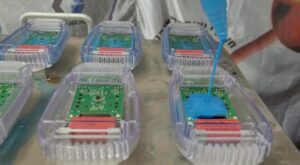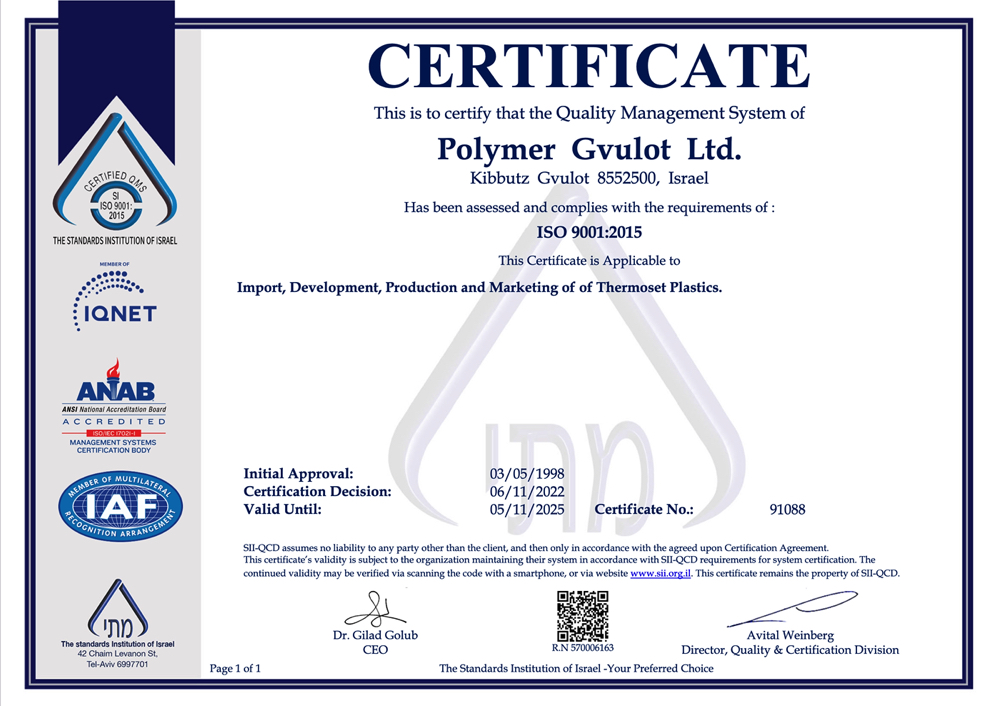Electronics heating
The majority of the electronics produced today are designed with high attention to their physical size, especially for those which are IOT based and meant for high end systems found in many tech sectors such as the EV or consumer electronics. These industries place firm requirements on how small the components should be engineered in order to occupy the little as possible space inside the product.
Simultaneously, this hardware, whether a chip, a sensor, PCB or other electrical power package, are functioning as super machines and capable of processing high computing power, backed by a smart software that operates the whole assembly. That generates massive heat development which cannot be dissipated outside due to the reduced surface of the components themselves.
Looking at the physical meaning of this fact, the possibility of failure rate can be doubled for each 10°C rise in the temperature. The only solution to cope with this situation is to efficiently dissipate the heat generated in the component in order to maintain stable performance and avoid production cease due to the overheating of the components.
A customized solution for Electronics heating that cuts you heavy costs
As a resolution, thermally conductive epoxy resins have been developed to connect between the various components surfaces while providing immediate heat transfer to the heat that was generated. These resins can be adapted to different applications by changing their viscosity in order to fit varying flowability requirements. Additional features can be incorporated into the resin for improved shrinkage or UL compliance.
These resins are successfully fulfilling this function by formulating the thermoset matrix with conductive fillers in form of particles, whether are made from metals or ceramics.
While the old traditional way to dissipate this heat was to apply heat dissipation films or pads, more and more products are being potted with thermal interface such as gap fillers or thermally conducted compounds. The use of fluidic material facilitates its deposition inside the housing, and enable the end user the ability to easily manage within the product space constraints by setting a preferred contour of the paste. That comes as secondary benefit, on top of the inherited properties of the epoxy such as the surface tension that helps that to bond to many substrates with minimal stress that helps reducing the risk to damage the parts
New development in thermally conductive materials
As an adhesive technologies’ specialist, Polymer-G is positioned at the forefront with its latest development for thermally conductive epoxy resins. Apart from it’s epoxy product line, Polymer-G has also developed a new series of thermally conductive silicones which is now available for commercial use.
Find more about our selection of epoxy resins for heat dissipation

